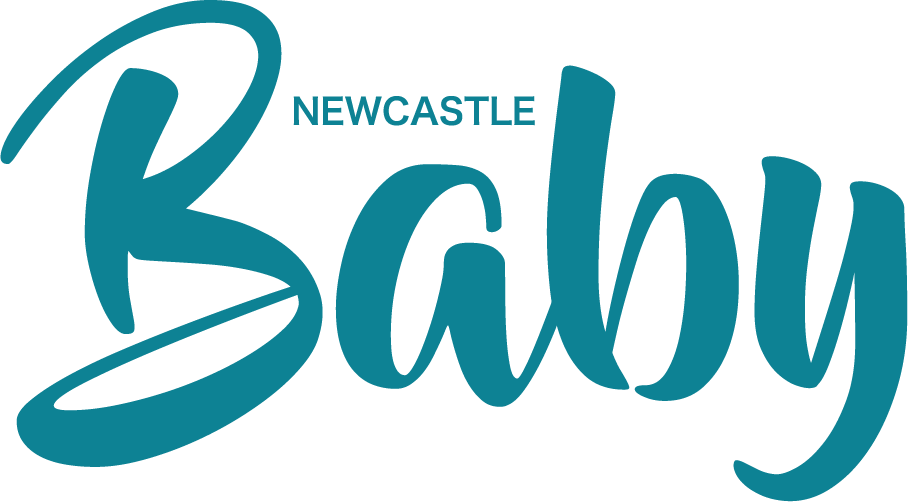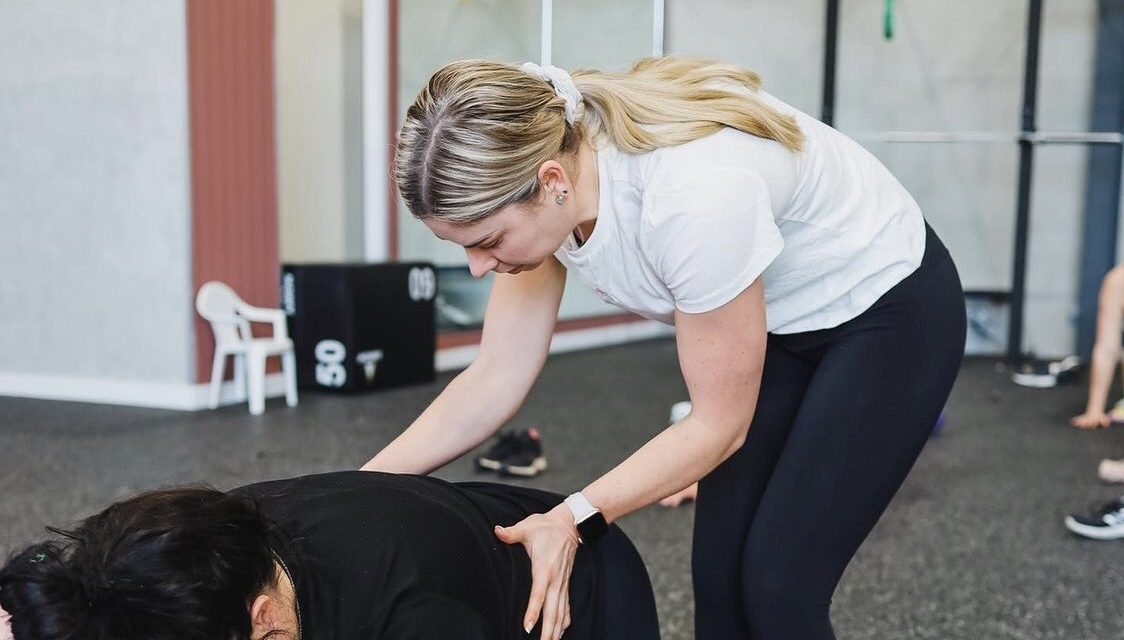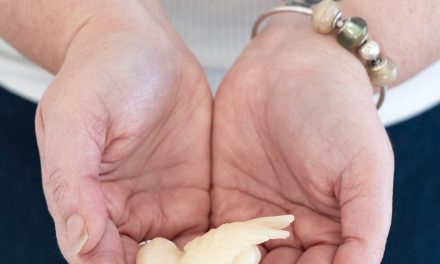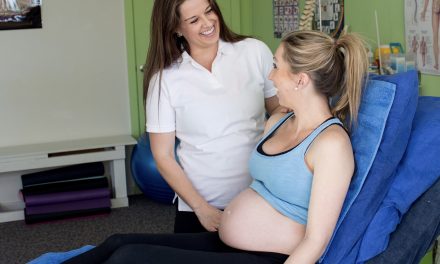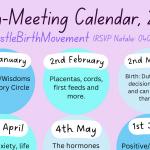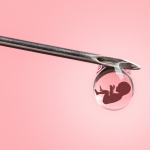Want to know all about your “Body-Health” for pregnancy, birth and recovery?
With great knowledge, guidance, and support, it is truly amazing how the womans’ body transforms during a pregnancy, to birth a baby, and then can regain function and strength following. In society, we do not talk about this nearly enough. All we see is social media creating a false picture of pregnancy and ‘bouncing back’ following birth, and if your experience is not like this, then you may feel ‘broken’.
When I hear from women that they feel their body is broken, I feel disheartened for their unsupported journey and it drives my passion as a women’s health and pelvic health physiotherapist. I wish every woman knew what I knew and that women health physios are here for you!
Pregnancy is an extraordinary journey, your body changes in ways you couldn’t even imagine, and this is happening throughout every bodily system – heart, lungs, ligaments, hormones, and muscles throughout the whole pelvic floor. With all these changes you may experience new areas of pain such as back pain, pelvic girdle pain, pubic bone pain, hip pain, rib pain and wrist pain. Coupled with bladder leakage, haemorrhoids, constipation, and/or painful sex, and the desire to prevent these, this is where excellent, specific, women’s’ health physio advice is crucial.
My top tips for a body-healthy pregnancy are:
- See a women’s health physio – consistent one-to-one care, knowledge to support your journey
- Move your body every day – normal exercise and daily stretches
- Get familiar with your pelvic floor muscles (and vagina!) – if you don’t know how to squeeze, this is NORMAL. Let’s learn how to!
- Learn what to look out for if your pelvic floor isn’t working well – (conditions can and do worsen without rehabilitation and can, and do, with some women, lead to incontinence of urine and faeces).
- Manage aches and pain straight away – before they worsen
- Give yourself a break – why do we think we need to continue doing everything we were previously doing AND grow a human at the same time? You’re allowed to be tired, grumpy and moody.
You’ve given birth, now what? Things you’re probably thinking now:
- My body looks and feels different, will it ‘go back’ to normal?
- Will I be able to be, comfortably, sexually intimate with my partner?
- When can I exercise? Is there a safe way to build up to what I used to do? e.g. Can I get out of bed normally? Can I do sit ups?
- I just need to make it to six weeks, and I will ‘bounce back’
Your baby has continual check-ups throughout their early life; what about mum? One, quick check, with a health nurse is not enough to support full, body-health. Your pelvic floor has stretched 2.5 times its normal resting length, it needs specific attention to be rehabilitated correctly. And the biggest mistake a woman can make is to go back to a gym or activity without proper guidance.
How I work with you:
We begin with a post-natal assessment (ideally 4-6 weeks post birth), however if it past that, no worries! I see women months and years post birth, and I am so thrilled you have made the decision to come. Your first assessment can feel scary, or feel like an insurmountable effort, but once it’s complete, you will think why didn’t I come sooner? It usually includes:
- A detailed birth history
- Assessment of bladder and bowel function, postural and musculoskeletal and abdominal separation/diastasis recti muscle
- Pelvic floor exam to assess strength, tears/stitches/scars and assess prolapse and for some, caesarean scar tissue assessment
From our assessment we have a strong foundation knowledge of you, your body, and your goals, and we can move forward towards a good body-health. Our plan will focus on whatever you desire, and I love getting women back to what they enjoy. We will of course do pelvic floor strengthening and abdominal separation rehab – one needs to be strong to prevent future pelvic floor issues and you now must lift a baby a thousand times a day. If you want to walk, run, lift weights, jump on the trampoline, play sport – this is what we will focus on, without fearing your insides will ‘fall out’, without fear of leaking and without pain.
Here is my recipe for pelvic floor success:
- Locate your pelvic floor muscles and learn how to switch them on
- Strengthen them A LOT
- Make exercises ‘functional’ – ask me how!
- Now strengthen the muscles on the outside of the pelvis – hamstrings, glutes, and abs. The outside muscles matter too!
- Learn what pelvic floor dysfunction signs are – e.g. bladder leakage/urgency, constipation, a heavy/dragging or bulge etc
- Never push on the toilet – sit there, take your time and relax!
Article by,
Laura, PhysioFemina
Ph: 4072 1408
